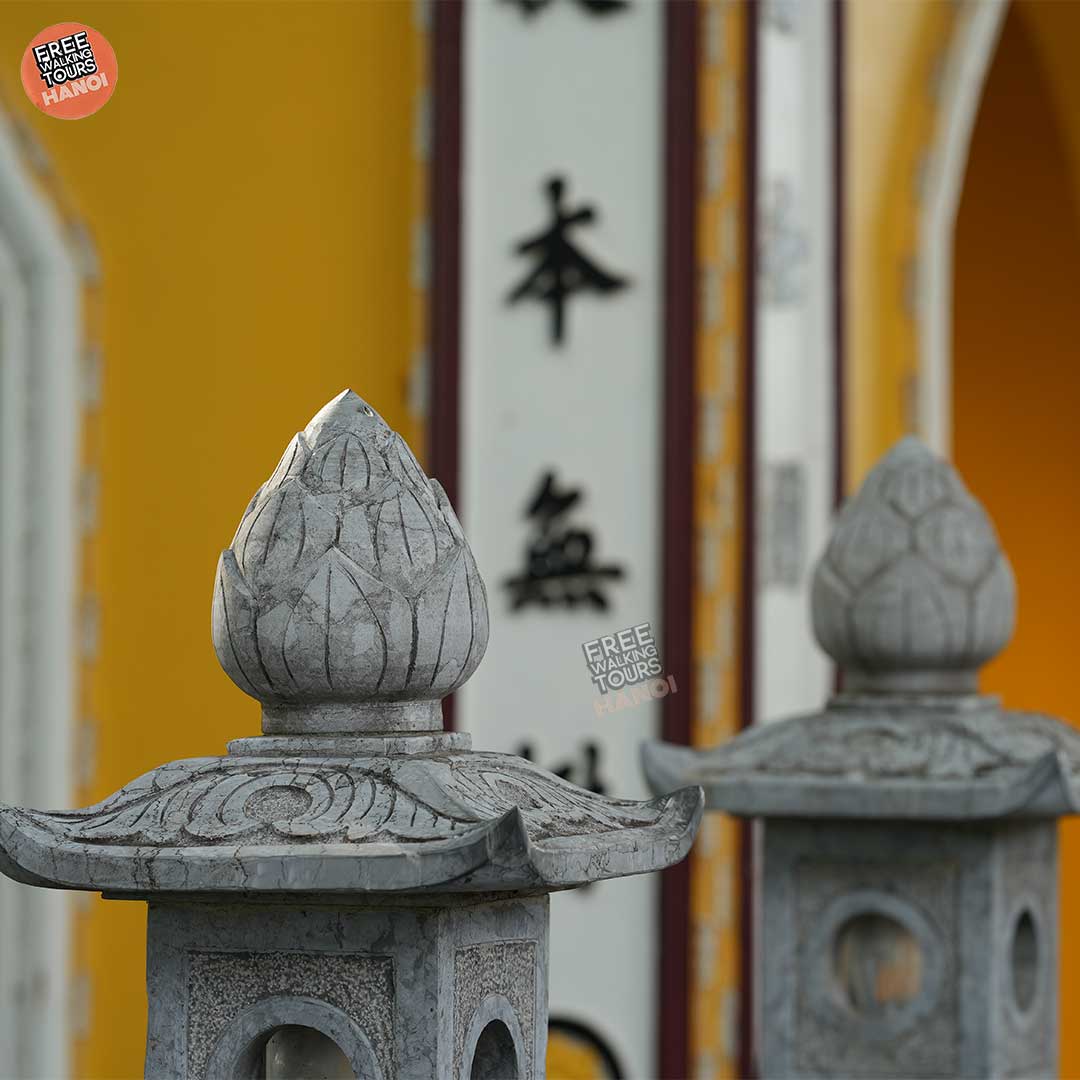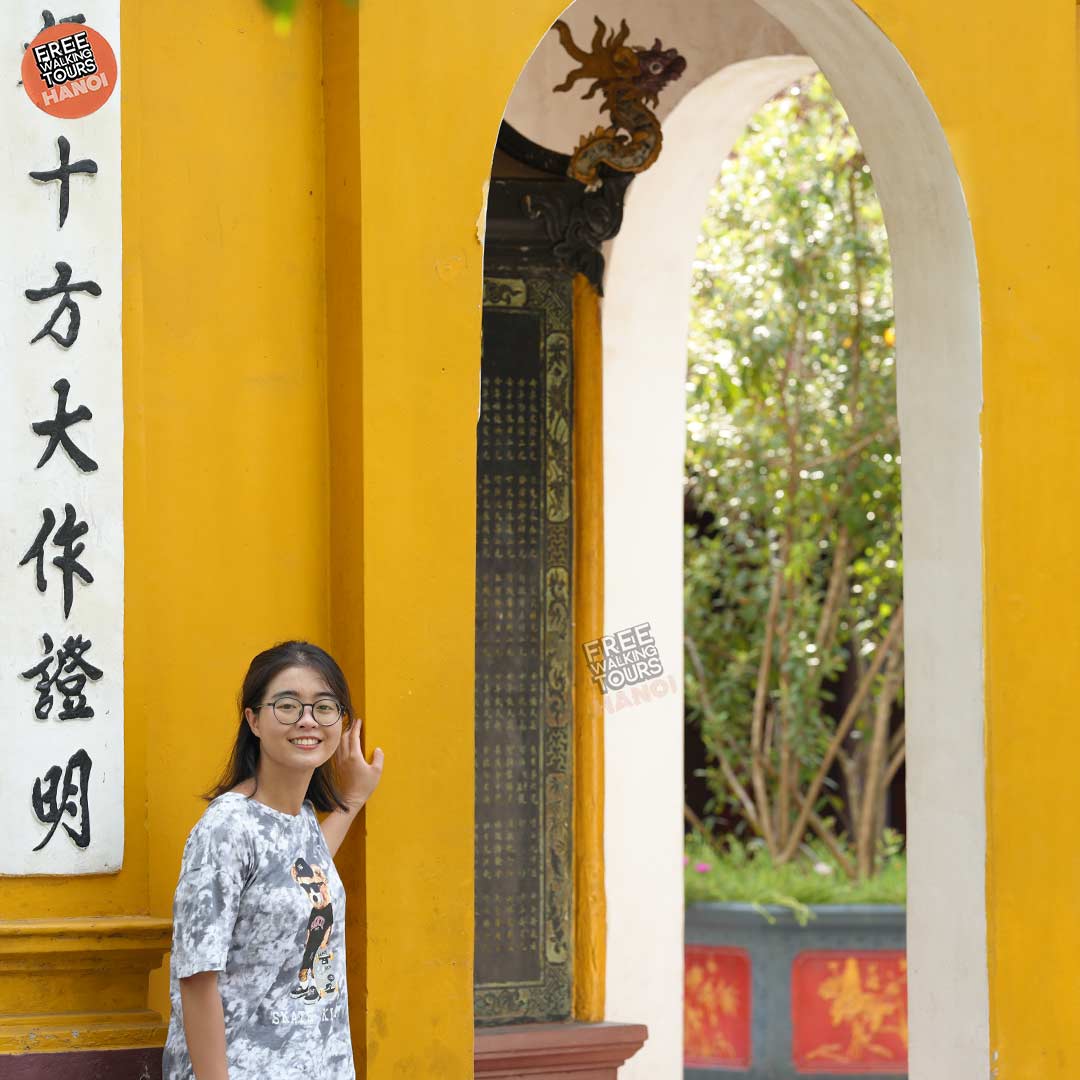Exploring the Tran Quoc Pagoda in Hanoi
Introduction
Hanoi, the capital of Vietnam, is a city rich in history and culture. One of its most prominent landmarks is the Tran Quoc Pagoda. This majestic structure is a symbol of Buddhist spirituality and architectural excellence. In this essay, we will delve into the beauty and significance of this area, uncovering its history, architecture, and cultural importance.
The Origins
The Tran Quoc Pagoda, built in the 11th century, holds great historical significance. Constructed during the reign of Emperor Ly Thai Tong, it stands as a testament to Vietnam’s rich past. Legend has it that the emperor dreamt of the Goddess of Mercy, who handed him a baby boy on a lotus flower. Taking this as a divine sign, the emperor ordered the construction of the One Pillar Pagoda to honor the goddess.
The Unique Structure
The Pagoda boasts a remarkable architectural design that sets it apart from other pagodas. Its primary feature is a single pillar rising from a square-shaped lotus pond, resembling a blooming lotus flower. This innovative design creates an illusion of the pagoda floating gracefully on the water. The wooden structure atop the pillar showcases meticulous craftsmanship and intricate carvings, reflecting the artistic talent of ancient Vietnamese artisans.

Spiritual Significance
The Tran Quoc Pagoda holds immense spiritual importance for the Vietnamese people. It serves as a place of worship and meditation, attracting devotees and visitors from all walks of life. Inside the pagoda, one can find a golden statue of the Goddess, surrounded by offerings and burning incense. People come here to seek blessings, pray for good fortune, and find solace in the tranquil environment. The serene atmosphere of the pagoda offers a respite from the bustling city outside, allowing individuals to connect with their inner selves.
Preservation and Restoration Efforts
Over the centuries, this Pagoda has undergone several renovations and preservation efforts to maintain its splendor. The Vietnamese government and Buddhist organizations have played a vital role in safeguarding this cultural treasure. Conservation projects have carried out to restore the pagoda’s original glory, ensuring its longevity for future generations to admire and appreciate.
Experiencing the religious place
Visiting the Tran Quoc Pagoda offers a unique and enriching experience for tourists. As you approach the pagoda, you are greeted by the sight of the elegant structure rising above the tranquil pond. Stepping inside, you are enveloped in a sense of calmness and spirituality. The intricate details of the wooden carvings and the fragrant aroma of incense create a captivating ambiance. Exploring the premises, you can admire the beautiful gardens and enjoy the panoramic views of West Lake.
Symbolic Elements
The Tran Quoc Pagoda is filled with symbolism and intricate iconography that adds to its allure. The lotus flower, a recurring motif, represents purity, enlightenment, and the blossoming of spirituality. The single pillar symbolizes the lotus stem, supporting the pagoda’s structure and serving as a metaphor for strength and resilience. The presence of the Goddess of Mercy statue signifies compassion, mercy, and protection, evoking a sense of reverence and devotion among visitors.
Celebrating Festivals
This religious area serves as a hub of cultural festivities and celebrations throughout the year. One such event is Vesak, also known as Buddha’s Birthday, where the pagoda comes alive with vibrant decorations and lanterns. Pilgrims and locals gather to pay their respects, participate in religious rituals, and engage in acts of charity. The atmosphere buzzes with joy and devotion as people come together to celebrate and honor the teachings of Buddha.

Touristic Significance
The Tran Quoc Pagoda plays a significant role in Hanoi’s tourism industry, attracting visitors from all around the world. Its historical and cultural value, coupled with its serene ambiance, make it a popular destination for those seeking an authentic Vietnamese experience. Tourists often include the One Pillar Pagoda in their itinerary, appreciating its architectural beauty and immersing themselves in the spiritual atmosphere. The pagoda serves as a bridge between past and present, connecting people with Vietnam’s rich cultural heritage.
Inspiration and Influence on Art and Literature
Tran Quoc Pagoda’s timeless beauty has inspired numerous artists and writers throughout the centuries. Painters have captured its graceful image on canvases, showcasing its ethereal charm. Writers and poets have penned verses describing the tranquility and spiritual essence found within the pagoda’s walls. Its presence in art and literature has further solidified its status as a cultural icon, perpetuating its significance for generations to come.
A Lasting Impression
In conclusion, the Tran Quoc Pagoda stands as an embodiment of Vietnam’s rich history, spirituality, and architectural excellence. Its unique design, cultural significance, and serene atmosphere make it a must-visit destination in Hanoi. Exploring the One Pillar Pagoda offers a profound experience that resonates long after you leave its premises. The tranquil ambiance, the intricate carvings, and the spiritual symbolism all contribute to a lasting impression of beauty and serenity. Whether you seek historical knowledge, cultural immersion, or spiritual enlightenment, the Tran Quoc Pagoda is sure to leave an indelible mark on your heart and mind.
If you are in Vietnam and interested in discovering more about Hanoi – the capital and its significance, we invite you to join us at Free Walking Tours Hanoi. We’ll take you across the building, tell you all about its history, and provide you with a unique perspective of the city. Book now and don’t miss out on this amazing experience.

